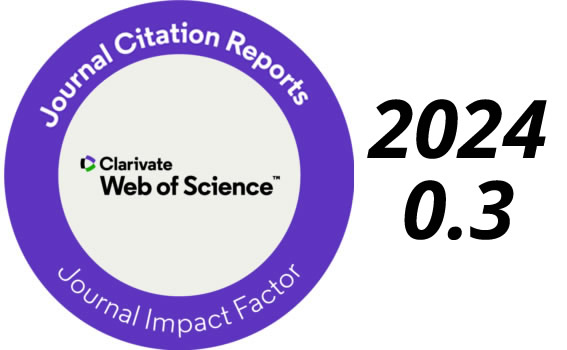Comparison between WEAP and SWAT models in a basin at Oaxaca, Mexico
DOI:
https://doi.org/10.24850/j-tyca-2021-01-09Keywords:
SWAT, Soil Moisture Method, Mixteca oaxaqueña, Nash-Sutcliffe, watershedsAbstract
The Sordo Basin is located in the western portion of the state of Oaxaca, Mexico. This presents problems of water erosion and loss of biodiversity. The present paper aims to compare the measured runoffs at the Ixtayutla station (20021) with simulated runoff by the WEAP model (Water Evaluation and Planning) and the results of the SWAT (Soil and Water Assessment Tool) model reported for the same basin by Sánchez-Galindo, Fernández-Reynoso, Martínez-Ménez, Rubio-Granados and Ríos-Berber (2017). WEAP-Soil Moisture Method used the same weather data, land use and soil type than SWAT. The comparison was based on the statistical efficiency of both models to simulate the monthly and annual runoff during the period 1975-1985. Three efficiency indices were calculated: the coefficient of determination (r2), Nash-Sutcliffe efficiency (NSE) and the percent bias (PBIAS). Regarding the monthly runoffs, WEAP presented a NSE = 0.73 (good); a PBIAS = -16.05 (satisfactory), and r2 = 0.84. SWAT, for that same period, reaching a NSE = 0.82 (very good); a PBIAS = -15.92 (satisfactory), and a r2 = 0.85. For annual runoffs, SWAT y WEAP getting a NSE = 0.73 and 0.3, a r2 = 0.76 and 0.63 and a PBIAS = -4.65 and -16.23, respectively. Both models are satisfactory to simulate monthly runoffs and the choice between one or other will depend on the problems to study in the basin, the available data and the hydrological goals.
Downloads
Published
How to Cite
Issue
Section
License
By Instituto Mexicano de Tecnología del Agua is distributed under a Creative Commons Attribution-NonCommercial-ShareAlike 4.0 International License. Based on a work at https://www.revistatyca.org.mx/. Permissions beyond what is covered by this license can be found in Editorial Policy.









